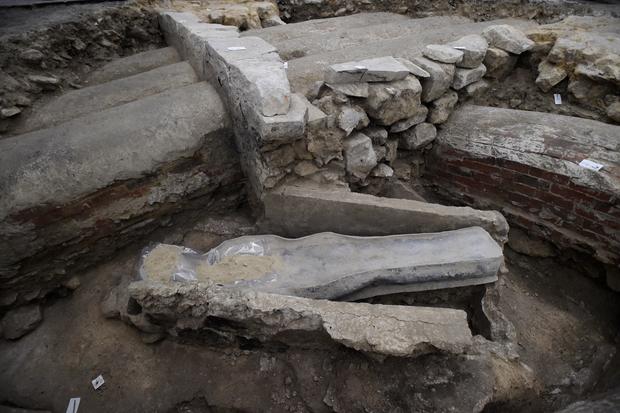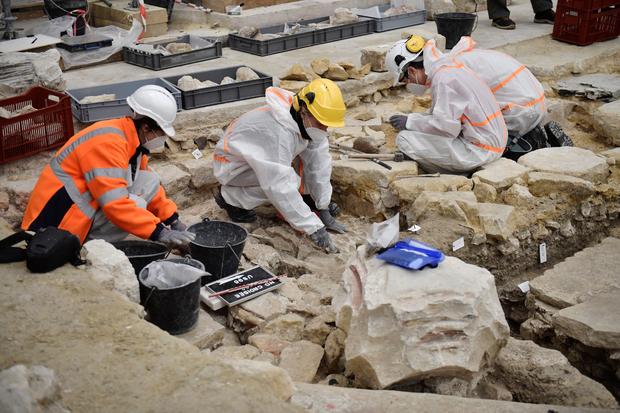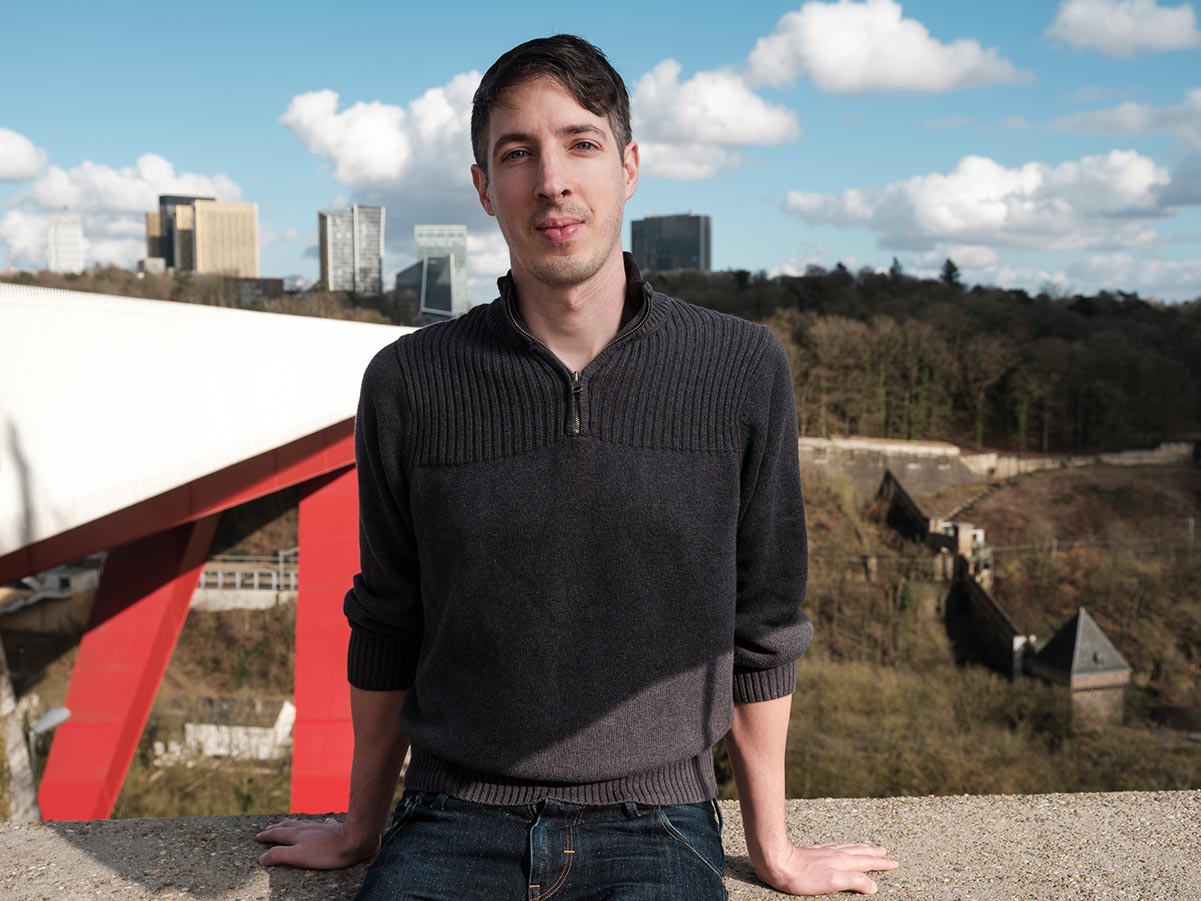Mysterious sarcophagus found below fire-damaged Notre Dame cathedral will soon be opened and its secrets revealed
A mysterious leaden sarcophagus discovered in the bowels of Paris' Notre Dame cathedral after it was devastated by a fire will soon be opened and its secrets revealed, French archaeologists said Thursday.
The announcement came just a day before the third anniversary of the inferno that engulfed the 12th century Gothic landmark, which shocked the world and led to a massive reconstruction project.
During preparatory work to rebuild the church's ancient spire last month, workers found the well-preserved sarcophagus buried 65 feet underground, lying among the brick pipes of a 19th century heating system.
But it is believed to be much older — possibly from the 14th century.
Workers found several tombs "of remarkable scientific quality" under the ancient church's spire at the central spot where the transept crosses the nave, France's culture ministry said last month.
Scientists have already peeked into the sarcophagus using an endoscopic camera, revealing the upper part of a skeleton, a pillow of leaves, fabric and as-yet unidentified objects.
The sarcophagus was extracted from the cathedral on Tuesday, France's INRAP national archaeological research institute said during a press conference.
It is currently being held in a secure location and will be sent "very soon" to the Institute of Forensic Medicine in the southwestern city of Toulouse.
Forensic experts and scientists will then open the sarcophagus and study its contents, to identify the skeleton's gender and former state of health, lead archaeologist Christophe Besnier said, adding that carbon dating technology could be used.
Noting that it was found under a mound of earth that had furniture from the 14th century, Besnier said "if it turns out that it is in fact a sarcophagus from the Middle Ages, we are dealing with an extremely rare burial practice".
They also hope to determine the social rank of the deceased. Given the place and style of burial, they were presumably among the elite of their time.
However, INRAP head Dominique Garcia emphasized that the body will be examined "in compliance" with French laws regarding human remains.
"A human body is not an archaeological object," he said. "As human remains, the civil code applies and archaeologists will study it as such."
Once they are done studying the sarcophagus, it will be returned "not as an archaeological object but as an anthropological asset," Garcia added.
And could Notre Dame, this unknown person's home for so many centuries, serve as their final resting place?
INRAP said the possibility of "re-internment" in the cathedral was being studied.
Today, Notre Dame is a cathedral of scaffolding after that April 2019 fire, likely sparked by an electrical short, which engulfed the church. The magnificent 160-year-old Gothic spire toppled, and much of the roof collapsed in the fire. Remarkably, though, most of the main stone structure remained. French President Emmanuel Macron vowed to rebuild within five years.
Last year, CBS News visited one of the French forests where they were selecting some of the 1,000 oak trees — at least a century old — for the spire and transept. Read the full report here.








